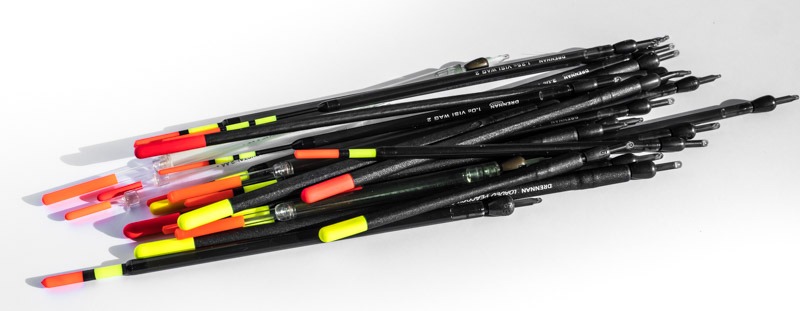
What is Waggler Fishing?
Waggler fishing was developed as a modified float-fishing method with two main aims – longer casting and the ability to sink the line between the rod tip and the float. Sinking the line combats unwanted surface drift and slows down the progress of the float. The defining feature is that the float is attached to the line at the bottom end only. The line is threaded through an eye in the float and then locked in place by split shot, placed either side of that eye.
Because the main casting weight is concentrated at the bottom end of the float, the float and weight combination fly like a dart when cast. This presents a much more streamlined profile compared to floats attached “top and bottom”, as the body of the float folds back and is towed behind the locking shot during the cast.
Origins
Jim Baxter reports that the name “waggler” was probably coined by Dick Bowker Junior. The original peacock quill floats attached at their bottom end began to appear in the late 1960s – but it wasn’t until the 1980s that waggler fishing became widely known and popular.
Waggler fishing Setup
Rods
Nowadays waggler fishing is used to target a range of fish species and sizes. That means rods will be matched to the intended power of the fish – from carp down to small silvers. By matching the amount of weight your float will carry to your rod helps to ensure that the rod flexes (loads) properly when casting.
That rod flex under the casting weight is vital to maximising casting distance and accuracy – you need the elastic-rebound of the rod to “catapult” the float to its target. You will also need to set the hook with a good length of (usually sunk) line between rod tip and float. For both easy loading for casting and hook-set performance a fast (or tip) actioned rod has advantages. It loads quickly towards the tip (good for casting), while the additional stiffness in the middle and butt sections give good hook-set power.
In terms of length things can get a little confusing. You’ll often see 10’ or 11’ rods labelled for “pellet waggler” – these are designed for a very specific fishing style which we’ll cover in another article. Most waggler rods will be 12’ or longer with 13’ being a great all round choice for both river and still water (even doubling up for some stick float fishing duties too). Try to avoid the temptation to go for a shorter rod on the assumption it would be easier to “manage” – especially for younger anglers – shorter rods actually make fishing deeper water or longer range more difficult.
There are many rods, designed (and labelled) specifically for waggler fishing for particular types of fish, available today. As modern anglers we are spoiled for choice across all price-points.

John Pearson's favoured river waggler rod is around 25 years old!
Reels
A good quality fixed spool reel – ideally with a shallow spool - and good line recovery per handle turn is a big advantage for quickly sinking line (see later). Although reel size is a very personal preference, a reasonable starting point for general waggler fishing might be anything from 2500 to 4000 size depending on fishing distance and venue. For short range work a smaller reel is fine with bigger spooled reels being suited to longer range casting. For river fishing (where you'll be letting the flowing water peel line off the reel) a larger spool offers a little less resistance with its more open coils of line. There is an advantage to avoiding spools that are too small in diameter – since you don’t want line memory coils to cause you a problem while fishing. If your ideal reel doesn’t come with a shallow spool option, never fear. Filling a deep spool with backing line (and optionally covering that with well-stretched electrical tape) before adding the line you’ll actually fish with can give you the best of both worlds. For full instructions check out our guide to how much line to put on a reel.
Main line on your reel for still water waggler fishing should be a low diameter brand in the 5lb to 6lb region to cope with the rigours of casting (river anglers may wish to go as low as 3lb to offset the effect of the moving water). The low diameter (on a properly-filled spool) will greatly help your casting performance. With thicker line, the friction at the front lip of your spool quickly increases as the spool empties during the cast (creating a sharper angle as the line bends around the lip). With fine line, the spool doesn’t empty as much – because for the same length of line, you lose less total diameter of coils laid on your spool. Thinner line also passes through your rod-rings with less friction. A strong (for diameter) copolymer line will tend to cut through the water surface and not be difficult to sink. Fluorocarbon in this diameter would tend to sink down too much for most anglers’ needs and preferences while float fishing – creating too much of a bow between rod tip and float.

A 4000 size spool, well filled with 3lb line, perfect for river waggler fishing
Floats
All waggler float styles are available in loaded and unloaded versions. Loaded just means that they already have a built in weight at the bottom end of the float – so your locking shot won’t need to be as large or heavy to cock the float. In the same way, all styles of waggler tend to be available with either a permanently-attached “eye” for threading onto your main line – or with a quick-change adapter. These are simply an eye that attaches to the main body of your float by means of a short length of tubing that your float pushes securely into.
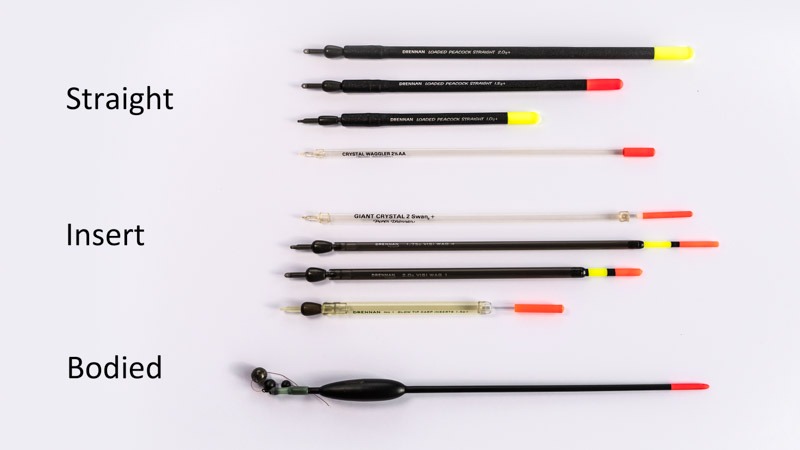
A few examples from John Pearson's float collection
Straight-bodied wagglers
These are parallel-sided cylinders throughout their full length and are very good all-round options. Because of those parallel sides, for any given length of float, the more weight you want to cast – the bigger the whole diameter of the float will be. Their relatively thick tips make them very visible at range. Straight bodies wagglers are traditionally the mainstay of river waggler fishing where the extra buoyancy of the thick top helps counteract the “pull” of the current, which can sink insert wagglers giving “false bites”.
Insert Wagglers
Waggler floats with a narrower tip inserted into the main body can potentially increase sensitivity (with less inertia and surface area for a given length of float). Again, for a particular length of float, they will carry less weight than a straight bodied or “bodied” waggler. That makes for lighter landings/splashdowns – though at the expense of some casting distance. Insert wagglers are a great all round choice for still waters with mixed fish species.
Bodied Wagglers
Bodied wagglers have a bulging/elongated egg-shape lower section that extends out beyond the diameter of a straight waggler. This allows them to carry more weight. Bodied wagglers are a good choice on windy days where extra mass further down the float body provides a little extra stability.
Pellet Wagglers
These floats (and the pellet waggler fishing method for carp) deserve a separate, dedicated article. Watch this space for upcoming content.
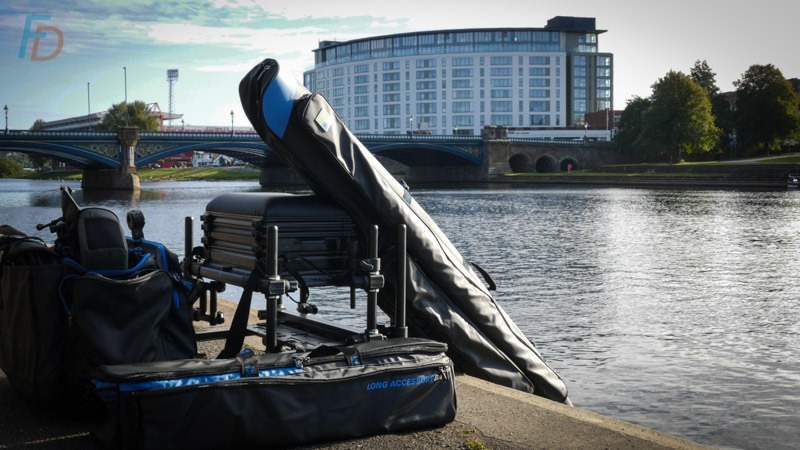
Prepared for anything?
Waggler Float Fishing Rigs
How to tackle up for waggler fishing will, obviously, depend on the target species and venue. A basic rig for fishing double maggot for mixed species on lakes, canals and rivers would be as follows:
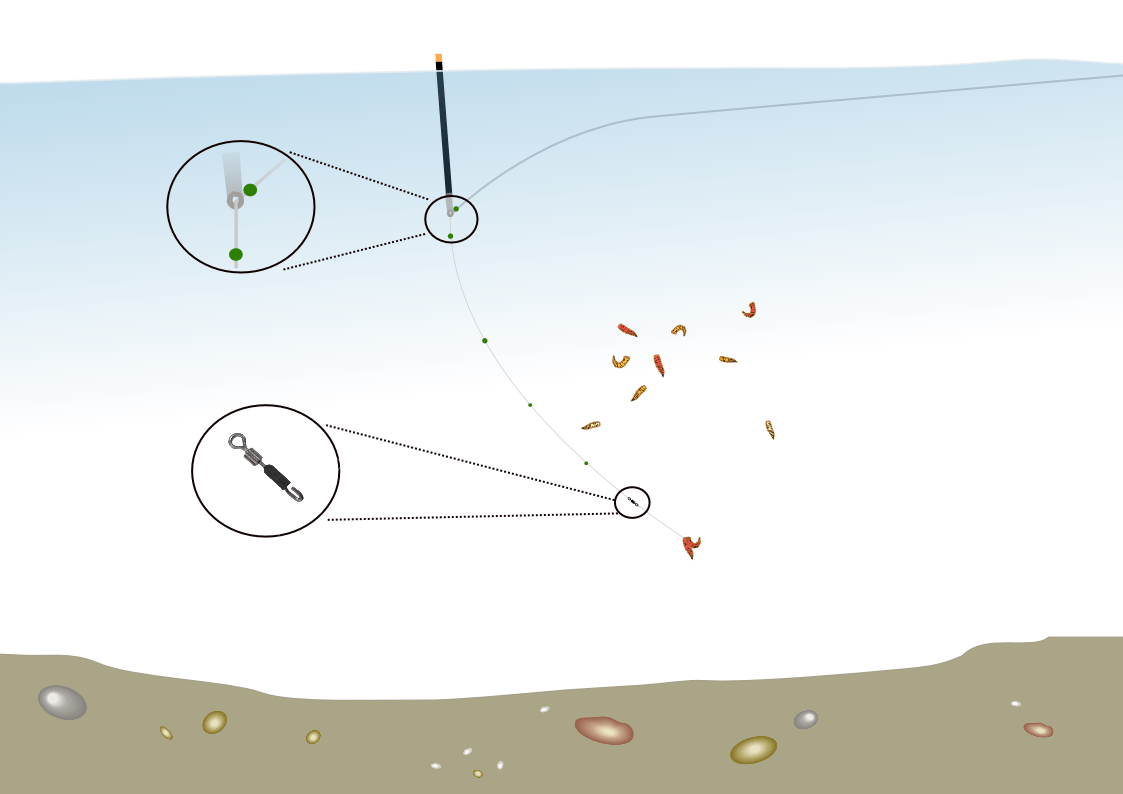
As with almost all float fishing, using that tell-tale shot (in this case, a specifically designed swivel) close to the hook gives a huge increase in bite sensitivity. The only time to, perhaps, omit it is when trying to fish in the upper layers of water and completely “on the drop”; where you want your hook bait to fall as naturally as possible.
Typical Waggler Fishing Rig Options
Plus Rig Secrets for all your Coarse Fishing...
Just before showing you some typical waggler rig options, you might also want to arm yourself with the rigs contained in my free e-book - which includes these waggler rigs along with pole rigs, carp and predator options too.
Just Click Here or on the Book Image/Button below to register for your Free Copy - plus 5 more fishing secrets via email:
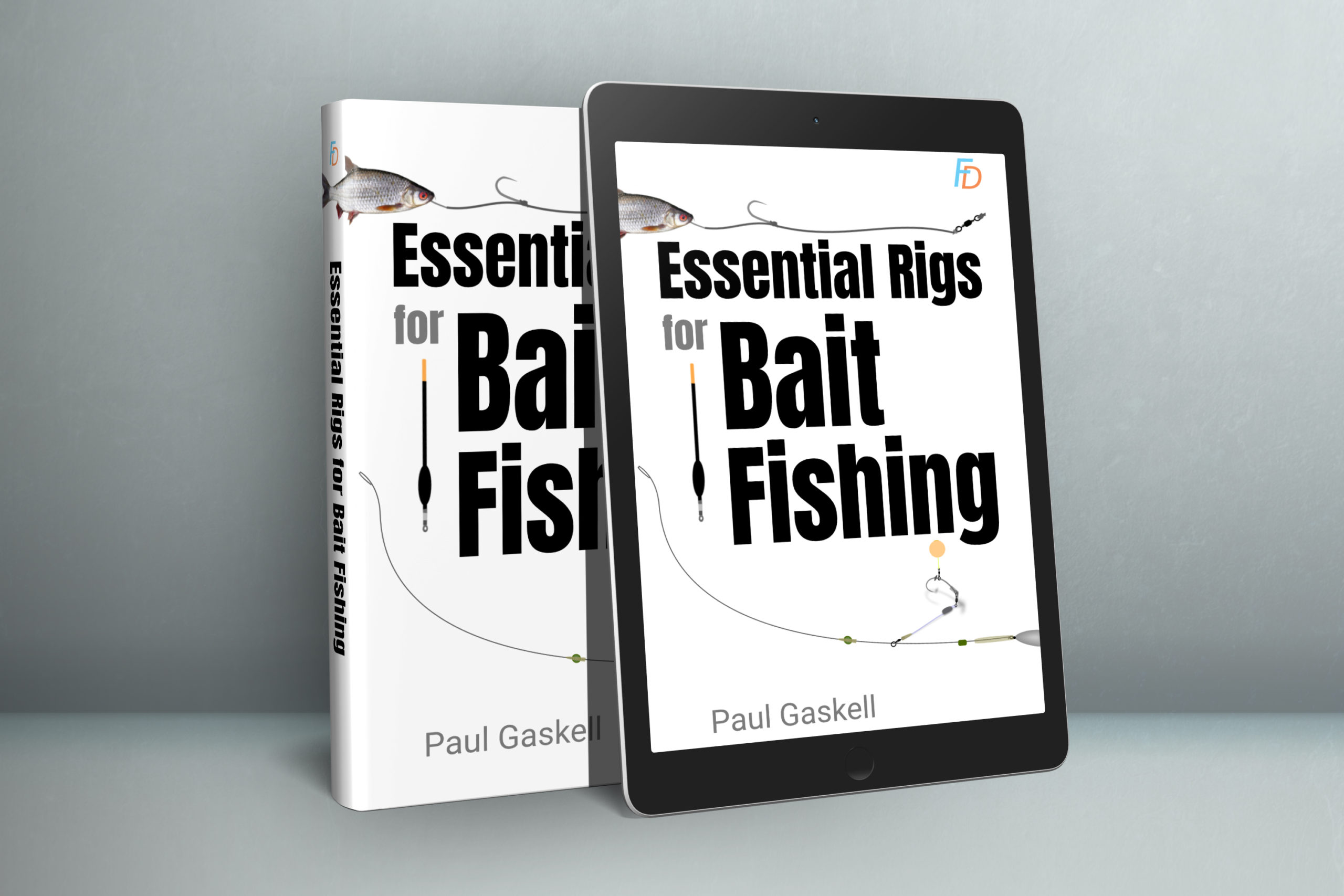
For a lot of waggler fishing tactics, you’ll want to use your shotting patterns to give you a great “contact” between your hook-bait and your float throughout the time it is sinking – as well as when fishing at full-depth. Using different shotting patterns will allow you to either punch through to a certain depth (bulk shotting at the desired depth - below) or have a controlled sinking profile throughout (using more of a shirt-button distribution of shot – as above – and generally decreasing the size of shot as you get closer to the hook).
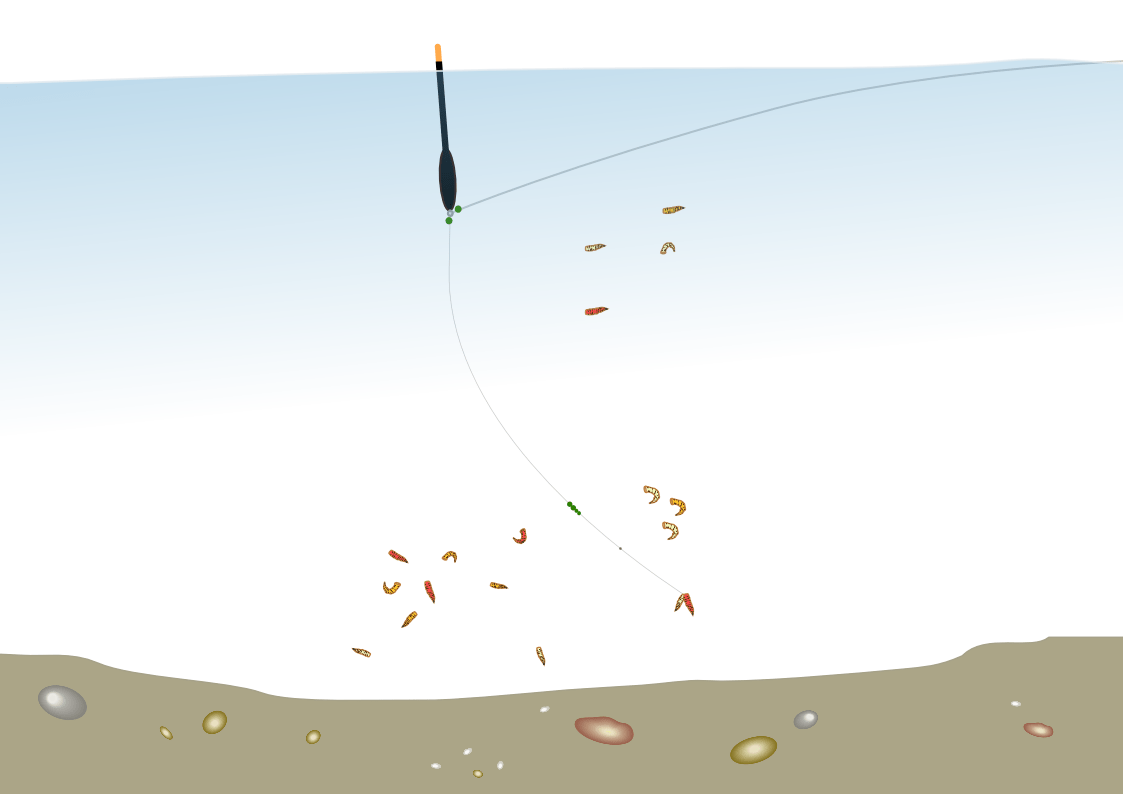
It can be good idea to have a tiny micro-swivel fulfil the role of “tell-tale shot” when fishing baits like maggots and casters that are prone to spinning. This helps avoid your hook-link becoming horribly twisted. With specially designed quick-change swivels available in shot sizes such as number 9 and 10 these days, this fits in perfectly with the convenience and speed of pre-tied hook-links.
Pro Tip for shy-biting fish: Although it can lead to more tangles without smooth casting, it can still be an advantage to AVOID clamping your locking shot snug up to the eye of the float. If you leave a gap of an inch or so between those shot, it means you don’t have your strike dulled by having to move your float. Instead the line passes, without resistance, through the float far enough to set the hook.
Near-surface Fishing on the Drop
Here's Paul's big brother Ian Gaskell fishing this method in a match. Although a more recent convert to coarse match fishing (Ian is a top flight reservoir fly fishing competition angler), the cross-training philosophy of this is a perfect fit for what we're about at Fishing Discoveries.
In warmer weather when fish are nailing your loose feed as soon as it lands, it can pay to shallow right up by sliding your locking shot and float closer to your hook-link. Bulking all your shot directly around the base of your float will let your hook-bait sink as naturally as possible. Loose feeding with maggots and with a single maggot hook-bait can be a good option for this style.
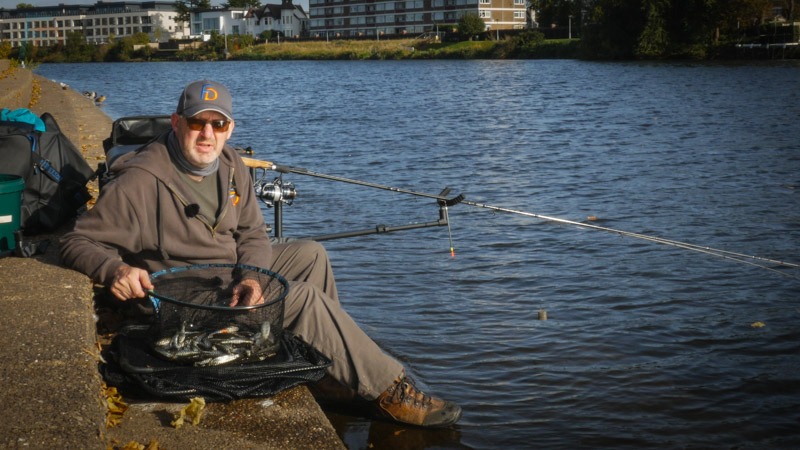
A net full of silver fish caught fishing a waggler "on the drop" on flowing water
Pro-tip, with modern ultra-sharp barbless hooks it is much easier to side-hook a maggot (almost like wacky-rigging a soft plastic worm in lure fishing). The advantage of this is that the maggot will sink roughly parallel to the water’s surface (like the loose feed). For pressured fish, giving them a slightly different “look” at your bait can be a game-changer.
General Sequence of Waggler Fishing
Waggler fishing can be an active style of float fishing – so you’ll often be quite busy when using this method. The main exception will be when fishing a totally static bait, hard on the bottom. Generally, though, keeping the right amount of loose feed going in (sparse in cold water, more generous when it gets warmer) between casts is essential. As with almost all float fishing, plumbing the depth and having a very good understanding of where you want your hook to fish within that depth is really important.
When experimenting to find the feeding depth on the day, once you have plumbed the depth of the area that you’ll fish it can help to mark that position so you know how to get back to it if you need to. An easy way to do this is by putting your hook into the butt of the rod and winding up your line until the float lays against the rod blank. Marking the position of your locking shot with a dab of bristle wax will give you a benchmark depth to work with.
A typical sequence after reeling in and re-baiting your hook would be to catapult out a pouch of loose feed (maggots are a very typical option) and then quickly follow that by casting BEYOND the patch of loose feed. Submerging the rod tip and quickly reeling your float into your feeding zone will do two things. Firstly, it sinks the line between your float and rod tip (which helps to combat surface drift). Secondly, by casting past the point where you are fishing – it avoids “bombing” the fish you hope to catch with a big splashdown right over their heads.
If there are no bites by the time you should be making your next feed delivery, wind in, check (and if necessary refresh) your hook-bait before feeding and re-casting.
Ideal scenario
Although originally designed, in part, to combat surface drift – we now usually have better ways to float fish when there is a strong breeze blowing across from one side of us to another (namely, the appropriate pole-fishing method). This is because it is much easier to feed more accurately from a pole and you also have much more control of the drift because of the direct contact between the pole-tip and float. However, if you are committed to fishing a rod and reel method – waggler fishing will still help in that cross-wind situation.
Ideally, then, the wind will be coming somewhat from behind you – since that will help with feeding, casting and also drift control.
Waggler Fishing for Roach
Using what we’ve covered so far, you can tune your waggler fishing to target roach and other smaller silvers by using hooks in the #20 to #18 range and hook-links in diameters between approximately 0.075 mm to 0.10 mm – particularly on stillwater and canal venues. On rivers you will normally benefit from leaning more towards the robust end of that range (and even above) to cope with the often rougher treatment and terrain.
Good baits include maggot, caster, pinkies and bread-punch.
Fishing on the drop in summer can be great – though experimenting through all depths in the water column, right down to the bottom will pay dividends. Depending on what you’re targeting, the larger fish usually tend to hang out below the most eager, smaller fish. So you can use your shotting patterns and feeding rates to help you home in on what you’re after on any given day.
Even when fishing at greater depth, roach fishing will often benefit from careful shotting patterns that help you get a nice smooth “drop” of your bait through the water.
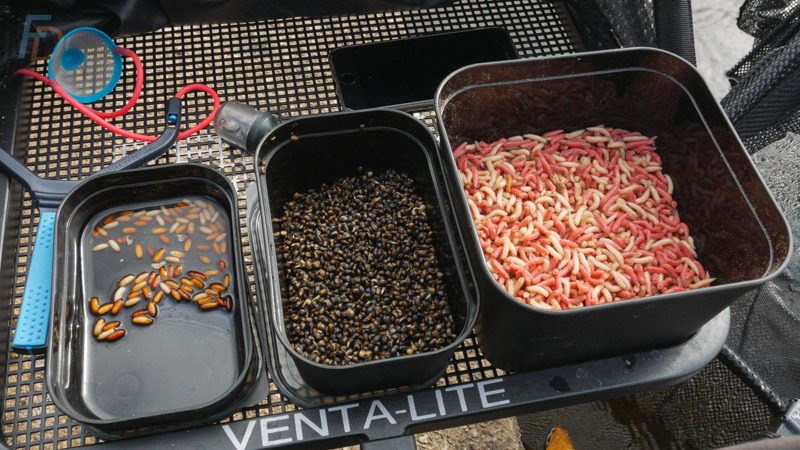
Waggler fishing for Bream
As you’d expect for bream, you’ll want to plumb up accurately and fish your bait (and possibly your tell-tale shot) right on the bottom. That being said, for smaller skimmers – exactly what we said for roach/general silver fishing already will also apply. For larger skimmers and bream, nailing your bait down is a smarter option.
Bodied wagglers can help you hit the range you might need to target browsing shoals of larger bream – and feeding a specialist bream groundbait can help to hold them in your area for longer.
Corn, pellet, worm, maggot and caster should serve you well for targeting bream on the waggler.
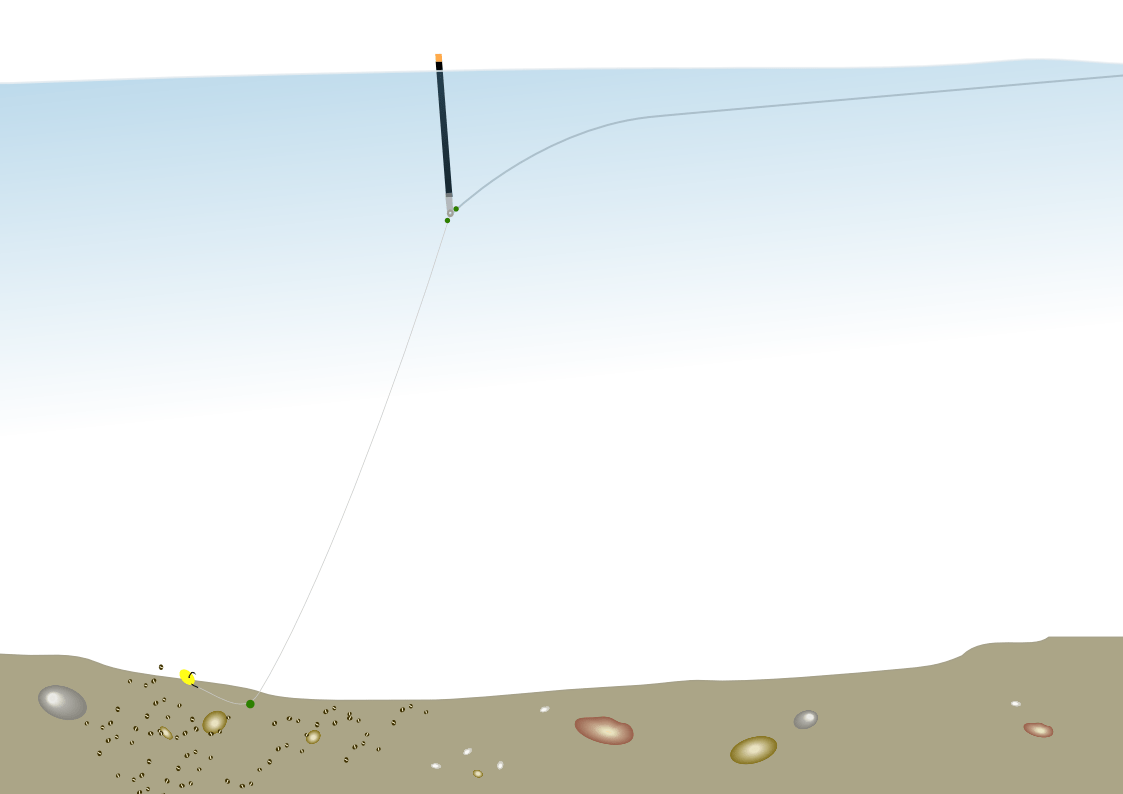
Ideal "static" bottom bait rig for species like bream and tench
Waggler fishing for Tench
Here’s a situation when having a slightly larger tell-tale shot close to your hook might give a bit of an advantageous “bolt rig” effect. Another option can be to combine a slightly larger swivel with small to medium-sized shot to get a similar effect – but with not quite as clumsy.
Either way, tench are definitely a species that you should be targeting with static baits fished on the bottom of the lake or canal.
Classic baits include bread-flake, though pellet, corn, worm and corn/worm cocktails can be excellent too. Feeding hemp can be a fantastic way to see those classic “tench bubbles” fizzing around your float – just before it “sits up” or zooms under…
Waggler fishing on Rivers
Waggler fishing is an ideal option for fishing baits off the bottom on slow flowing rivers. It is particularly appropriate if you have a wind blowing upstream (i.e. from downstream to upstream). In those situations, the sunk line can somewhat combat the surface breeze – but also any resultant bow in the line helps you get a good contact when you strike into fish (see video).
The more streamlined “dart” like casting of a waggler can be helpful when seeking cross-stream range on rivers. On the other hand, if you have faster flows where you want to hold the float back – the habit of wagglers to dip under the water when the line comes tight isn’t helpful!
Similarly, if you have a downstream breeze, you’ll want to use a stick float attached top and bottom where you can more easily pick up and “mend” the line to maintain contact (and not drag your float under in the process).
Feeder fishing/ledgering on rivers is much better for fishing baits on the bottom – so you’ll always be fishing a little under depth while waggler fishing on rivers. Again, the way that a waggler dips under water under any kind of line tension will make it unsuitable for fishing an anchored bait.
Dace, roach, perch and chub are all ideal targets for waggler fishing on rivers – and shotting patterns should follow the same principles of a nice, controlled drop that you’d be looking for in the roach fishing we covered previously.
Baits including bread flake/punch, maggots, casters and worm are great options.
OK - so what did we miss??
Let us know in the comments if you found this useful (or if there are additional details you'd like to see added)
JP

Very good read John thank you for the tips
[…] Waggler Fishing from Top to Bottom: Lakes, Canals & Rivers […]
What a great read John..I like fishing bream/roach on float.I bought couple middy feeder floats quite long in length..was wondering what length in feet should the rig be set up fishing commercials?
Just the same as any venue, the rig needs to be set up to fish at the feeding depth on the day… In warmer weather that may well be further up in the water – and colder weather closer to (or on) the bottom.
With modern locking shot, it is possible to slide them more easily without damaging the line. That means you can experiment with depth more easily. However, starting out so that the hook will just touch bottom (after plumbing the depth) and having a more “shirt button” style shotting pattern (with the shot getting smaller as you progress towards the hook) will let you fish on the drop through all layers of the water. Try to gauge how quickly your bait is falling through the water and notice when you are getting bites. The faster the bites come after casting in, the shallower the fish are likely to be feeding – which means you can adjust your rig to fish shallower until your bait is falling through and spending most of its time in the “hot zone” feeding depth on the particular day you are fishing.
Good luck,
Paul (stepping in for John)
[…] Waggler Fishing from Top to Bottom: Lakes, Canals & Rivers […]
It’s interesting to see the various fishing methods that are utilized around the world. It’s probably an understatement to say that this type of fishing is not widely practiced in the United States. My only exposure to the equipment and techniques used has been through reading European fishing magazines. Thanks for providing information on a wide variety of fishing methodologies.
That’s great to hear Steve – I always wonder how some of the more Euro/Brit style fishing info is received in the USA. One thing that I have seen which is quite interesting is a small group of American anglers (as well as visitors to America) applying some of the European and British specimen carp methods in the USA. While it will be a very long time before carp ascend out of the “trash” fish category in America – there have been some huge fish caught on those specialist methods already I’m told…
Paul